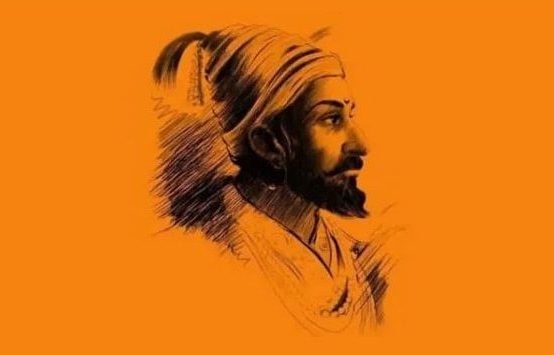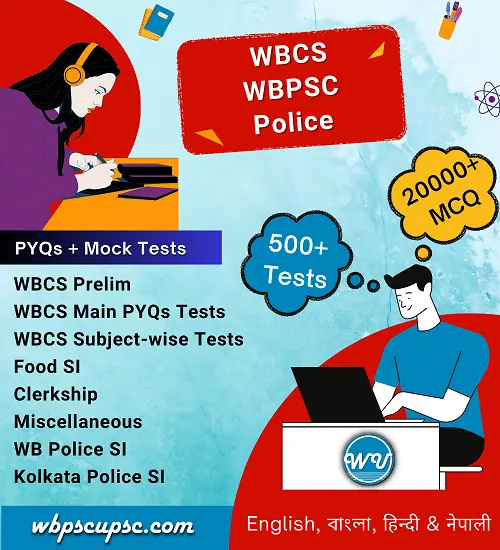Maratha Empire – Shivaji & Peshwa
Contents
Maratha empire
>>>>>
- Most important power emerged in the fading shadow of the Mughal dynasty was the Maratha empire.
- The physical environment of the Maratha country, mountainous regions and dense forests, resulted in certain peculiar qualities.
- This difficult terrain made the Maratha Soldiers expert in guerilla tactics.
- Deccan Sultanates of Bijapur and Ahmadnagar, which offered them a first-hand experience of administration.
- Spread of the Bhakti movement in Maharashtra under the influence of spiritual leaders fostered social unity.
- Among them and the much-required political unity was conferred by Shahaji Bhonsle and his son Shivaji.
>>>>>
>>>>>>>
Maloji Raje Bhonsle
- He joined Nizam Shah with a small band of cavalry.
>>>>>>
maratha empire shivaji history peshwa bajirao balaji vishwanath Balaji Baji Rao
Shahaji Raje Bhonsle
- Served under Nizam Shah and Adil Shah, and came to prominence as a leading Maratha.
- After the fall of Ahmadnagar, he had transferred his services to Bijapur.
>>>>>>
>>>>>>
Shivaji Raje Bhonsle (1674–80)
- Born in the hill fortress of Shivmer in Poona on Feb 19, 1630
- Belonged to the Bhonsle clan of Marathas.
- His mother was Jijabai.
- Shivaji, influenced by Dadaji Kondev (his teacher), Sufi saint Pir Shaikh Yacub, Guru Ramdas, Tukaram, Hazrat Baba of Ratnagiri, Ramayana, and the Mahabharata.
- He started his career as an independent young prince at Poona and Supa in 1637.
- After the death of Dadaji Kondadev in 1647 Shivaji assumed full charge of his jagir.
- In 1646, he captured Torna from Bijapur and built the fort of Raigarh.
- By 1654, Shivaji had captured forts in the Western Ghats and along the Konkan coast.
- Shivaji and his elder brother defeated invading armies of Adil Shah and secured the release of their father.
- He raided Portuguese settlement at Daman.
- Battle of Pratapgarh 1659 fought between Afzal Khan (represented Adil Shah of Bijapur) and Shivaji.
- Shivaji killed Afzal Khan with his tiger claws and became a local hero.
- He won Battle of Kolhapur against Rustemjaman (represented Adil Shah of Bijapur) .
- Aurangzeb, considered Shivaji as a mountain rat.
- In 1660, Aurangzeb sent Shaista Khan to fight against Shivaji, but war continued till 1663.
- In 1663 in a night attack on Shaista Khan, Shivaji injured him and killed his son.
- Shivaji sacked the port of Surat, important Mughal trading city in 1664.
- Aurangzeb sent Raja Jai Singh and Diler Khan, and they won and singed treaty of Purander in 1665 with Shivaji.
- His minor son Sambhaji was granted a mansab of 5000.
- When Shivaji visited Agra with his son, was house arrested by Aurangazeb.
- Shivaji escaped along with his son.
- In 1670, he recovered most of his lost forts and sacked Surat for the second time.
- Shivaji defeated Mughals in the Battle of Salher in 1672.
- Shivaji was coronated on 6th June 1674 at Raigarh.
- He assumed the title Maharaja Chattrapati Haindava Dharmodharak (Protector of Hinduism).
- Shivaji issued the gold coin, Shivaraihon, on this occasion.
- He died in 1680 at the age of 53.
- Shivaji promoted Sanskrit, but respected all religions and opposed forced conversion.
>>>>>>
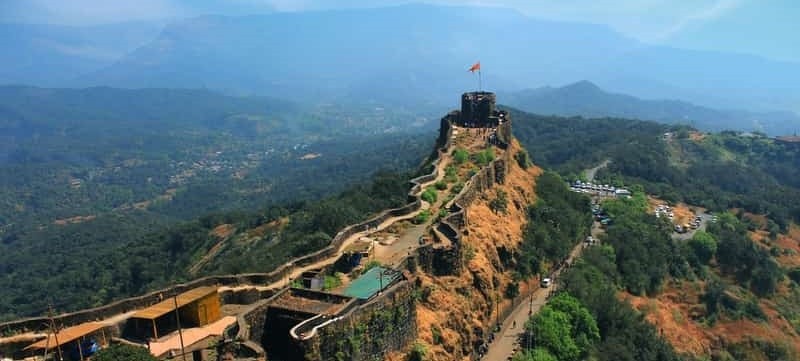
maratha empire shivaji history peshwa bajirao balaji vishwanath Balaji Baji Rao
Sambhaji (1681–89)
- Prince Akbar, the rebellious son of Aurangzeb, took shelter with him and in a pursuing battle at Sangmeshwar in 1689.
- He was defeated by the Mughal commander Muqqarrab Khan and was killed along with his personal counselor, Kavi Kalash.
- Widow of Sambhaji, Yesubai could not protect the fort of Raigarh, and she along with her son, Shahu were made prisoners.
>>>>>>
>>>>>>
Rajaram (1689-1707)
- Younger brother of Sambhaji, who never sat on the throne, as he claimed that he was ruling on behalf of Shahu.
- Shifted his headquarters to Ginjee.
- After the Mughals conquered Ginjee, he fled to Vishalgarh and then to Satara, giving Hukumat Panha (King status) to Peshwa Ramchandra Pant.
- After his death in 1700, his widow Tarabai assumed control in the name of her infant son Shivaji II.
>>>>>>
>>>>>>
Shahu (1707-49)
- Shahu was released by Zulfiqar Khan (Bahadur Shah) hoping for a civil war among Marathas.
- In 1707 with the help of a Chitpavan Brahman named Balaji Vishwanath, Shahu was successful in defeating Tarabai at the Battle of Khed.
- Tarabai went away to Kolhapur, establishing the Royal House of Kolhapur.
- In 1719, Shahu, under the advice of Peshwa Balaji Vishwanath, assisted the Saiyyad brothers in the execution of Farukkh Siyar and got his mother released.
- Soon after he declared Swaraja the Independence of Maratha land.
>>>>>>
>>>>>>
Rajaram II (1749–77)
- Adopted son of Shahu
- Peshwa Baji Rao retained him as the titular Chattrapati.
- The power of the Chhatrapati was almost totally overshadowed by that of the Peshwa.
>>>>>>
maratha empire shivaji history peshwa bajirao balaji vishwanath Balaji Baji Rao
Royal House of Kolhapur
Shivaji II (1710–14)
- Son of Queen Tarabai and Rajaram, and was under the regency of Queen Tarabai.
>>>>>>
Sambhaji II (1714–60)
- Son of Rajaram from his second wife Rajabai, who deposed Shivaji II and Tarabai by the palace revolution in 1714.
- He signed the Treaty of Warna in 1731 with his cousin Shahu to formalize the two separate seats of the Bhonsle family.
- British sent expeditions against Kolhapur in 1765 and 1792.
- State entered into treaty with the British after the collapse of the Maratha confederacy in 1812.
>>>>>>
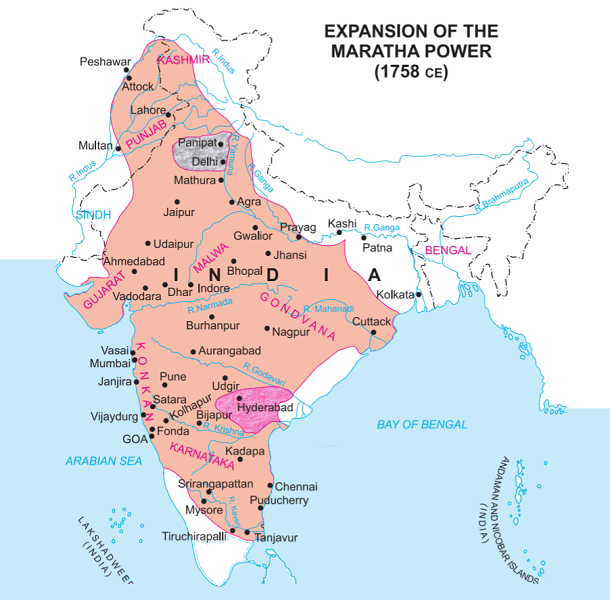
maratha empire shivaji history
Office of the Peshwa (1640–1818)
- The word ‘Peshwa’ probably originated in Persian, meaning ‘foremost’, and was introduced in Deccan by the Muslim rulers.
- Duties of a Peshwa were equal to that of a Prime Minister.
>>>>>>
peshwa bajirao balaji vishwanath Balaji Baji Rao
Sonopant Dabir (1640–52)
- First unofficial Peshwa
>>>>>>
>>>>>>
Ramchandra Pant Amatya (1689–1708)
- Peshwa under Rajaram.
- Rajaram had to escape to Ginjee in 1689, he gave Hukumat Panha (King status) to Pant before leaving.
- He wrote Adnyapatra.
>>>>>>
>>>>>>
Balaji Vishwanath (1713–19)
- Balaji Vishwanath belonged to the Bhatt family of Shri Vardhan in the Konkan region.
- He made the post of the Peshwa hereditary.
- He helped Shahu become the Maratha empire ruler by seeking the support of all Maratha leaders for Shahu.
- Shahu conferred the title of Sena-karte (organizer of forces) to him.
- In 1719, he got certain rights from the Farrukh Siyar, recognition of Shahu as the Maratha empire king.
- He got permission to collect chauth and sardeshmukhi from the six provinces of the Deccan.
- Nana Sahib belonged to this family.
>>>>>>
maratha empire shivaji history peshwa bajirao balaji vishwanath Balaji Baji Rao
Peshwa Bajirao I (1720–40)
- The Eldest Son of Balaji Vishwanath who succeeded him as Peshwa at the young age of twenty.
- Baji Rao I was the most famous of all nine Peshwas and also known as “Thorale”, meaning ‘Elder’ Baji Rao.
- He was the greatest exponent of guerrilla tactics after Shivaji.
- During his lifetime, he never lost a battle and the Maratha empire reached its zenith under him.
- Baji Rao I preached and popularized the idea of Hindu Pad Padshahi.
- He defeated the Nizam on both occasions when they fought at Palkhed and Bhopal.
- In 1722, he captured Salsette and Bassein from the Portuguese.
- He shifted the administrative capital from Satara to Pune in 1728.
- He initiated the system of confederacy among the Maratha chiefs.
- They were the Gaekwads at Baroda, the Bhonsles at Nagpur, the Holkars at Indore, the Scindias at Gwalior, and the Peshwas at Poona.
>>>>>>
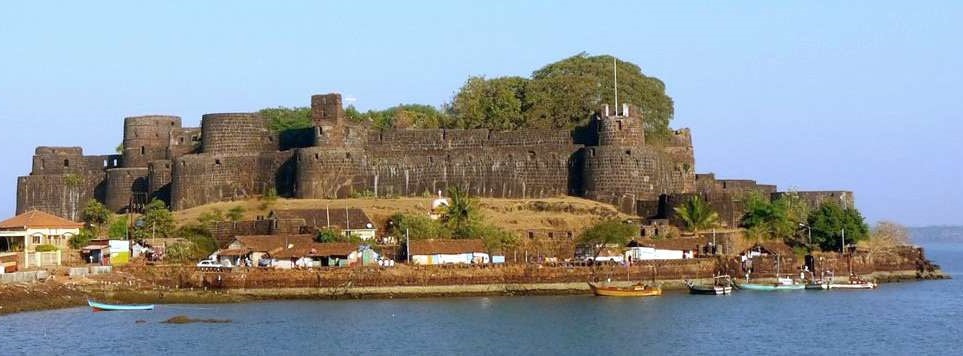
maratha empire shivaji history
Balaji Baji Rao I/ Nana Sahib I (1740–61)
- Balaji Baji Rao succeeded his father as Peshwa at the young age of nineteen and was appointed as Peshwa by Shahuji.
- It was during his reign that the Maratha empire king Shahu died in 1749 without an issue.
- His nominated successor, Ramraja, was imprisoned by the Peshwa Balaji Baji Rao at Satara.
- The supreme power of Maratha empire passed into the hands of Peshwa by the Sangola Agreement in 1750.
- He defeated Bengal Nawab Alivardi Khan and one third of the Indian sub-continent was under the Maratha empire.
- According to a agreement in 1752, the Peshwa gave protection to Mughal Emperor from internal and external enemies.
- Maratha got chauth of the north-west provinces and total revenue of the Agra and Ajmer provinces as per the agreement.
- Honouring this agreement, Marathas fought the 3rd Battle of Panipat in 1761 when Ahmad Shah Abdali invaded India.
- The defeat of Panipat checked the expansion of Maratha empire and fragmented it.
>>>>>>
peshwa bajirao balaji vishwanath Balaji Baji Rao
Madhav Rao (1761–72)
- Madhav Rao defeated the Nizam, compelled Haidar Ali of Mysore to pay tribute.
- He reasserted control over northern India by defeating the Rohillas and subjugating the Rajput state and Jat chiefs.
- In 1772, he brought back Emperor Shah Alam to Delhi.
- Maratha empire got weekened and divided into semi-independent states.
- The most important were the Gaikwads (Gaekwars), the Holkars, and the Scindias.
>>>>>>
>>>>>>
Sawai Madhav Rao (1774–95)
- Son of Narayan Rao, who was merely 40 days old when crowned as Peshwa.
- The empire was managed by Nana Phadnavis, an able administrator and warrior.
- There were twelve member regency council called the Barbhai Council.
- Out of frustration, Raghunath Rao went to British for help which resulted in the First Anglo–Maratha war in 1775–82.
- At the battle of Talegaon in 1776, Nana Phadnavis defeated the British.
- The treaty of Purandhar in 1776 and the treaty of Salbai in 1782 were signed.
- After death of Nana Phadnavis in 1800 that the Maratha empire could not sustain against the British.
>>>>>>
maratha empire shivaji history peshwa bajirao balaji vishwanath Balaji Baji Rao
Baji Rao II (1796–1818)
- Son of Raghunath Rao.
- Baji Rao II signed the humiliating Treaty of Bassein with the British in 1802.
- He was defeated by the East India Company in the Third Anglo– Maratha War in 1818.
- After this the Peshwa’s territory was annexed to the British Bombay province, and he was pensioned off.
- Nana Sahib ( Dhondu Pant ) was the adopted son of Baji Rao II.
>>>>>>
>>>>>>
Maratha Empire Administration
- King was assisted by a council of ministers called the Ashtapradhan
- Provinces were known as Prants.
- Prants divided into Tarfs Parganas.
- Mauzas or villages were the lowest unit.
- There were two divisions in the Maratha cavalry:
- Bargirs: Equipped and paid by the state
- Silahdars: Maintained by the nobles.
- Mavli foot soldiers played an important role in the infantry.
- Shivaji strongly discouraged revenue farming.
- Marathas employed a special script known as the ‘Modi script’ in the documents of the revenue and administrative records.
- Chauth and sardeshmukhi were two major sources of revenue
- Chauth: One fourth (1/4 th of the land revenue) paid to the Marathas in order to avoid the Maratha raids.
- Sardeshmukhi 1/10 of land revenue on those lands on which the Marathas claimed hereditary rights.
maratha empire shivaji history peshwa bajirao balaji vishwanath Balaji Baji Rao

